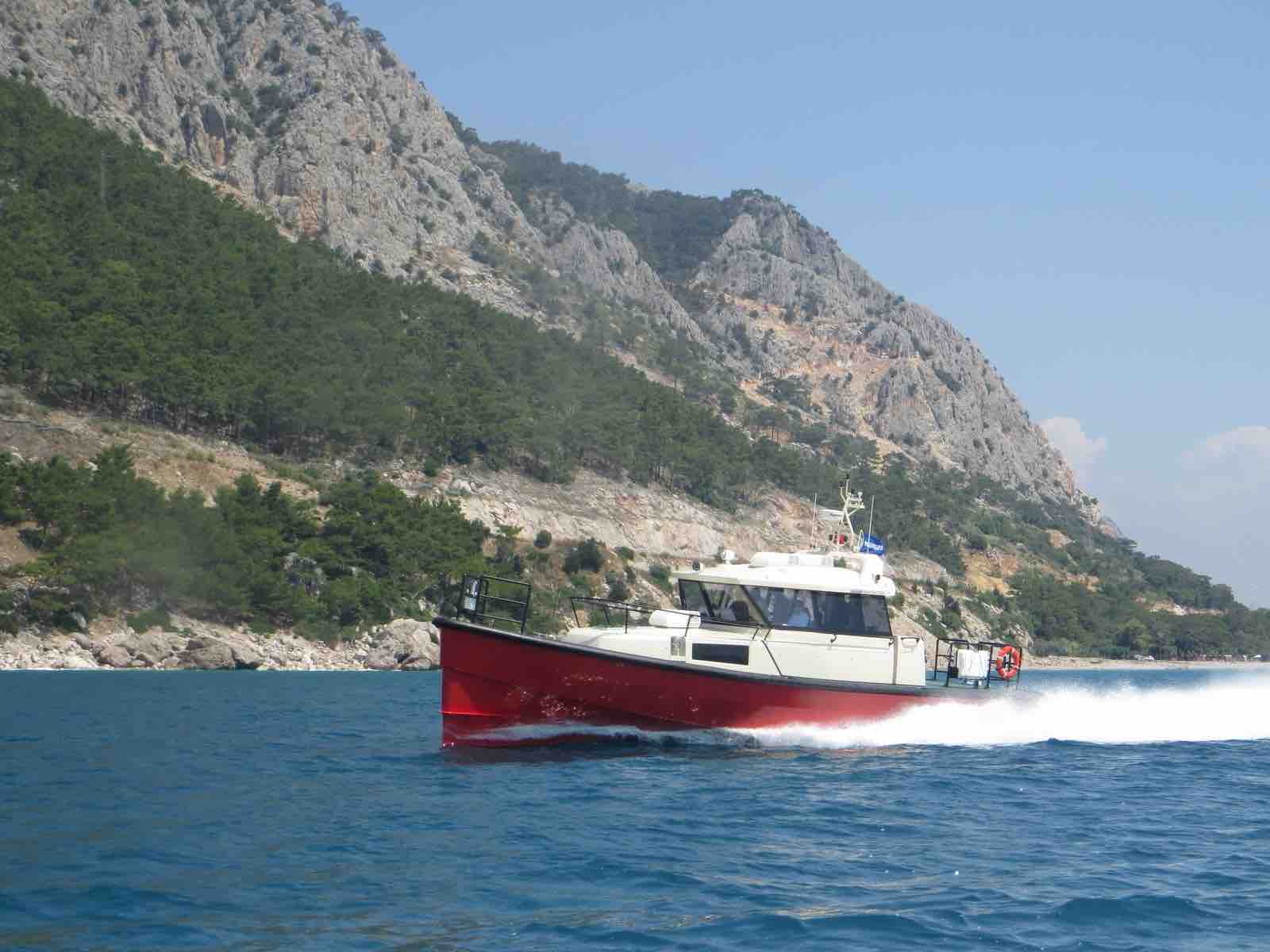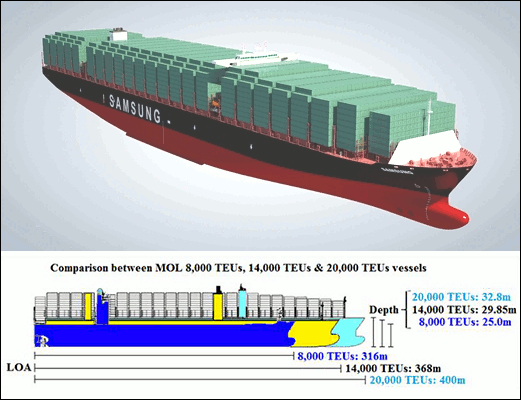CHINA is building up several unoccupied land features in the South china Sea, according to Western officials, which they said was part of Beijing's long-running effort to strengthen claims to disputed territory, reports Bloomberg.
Said China's Foreign Ministry in Beijing: 'The relevant report is purely made out of thin air.' This is not a denial as the 'relevant report' was based on aerial photographs.
Fishing fleets that operate as de facto maritime militias under the control of authorities in Beijing have carried out construction activities at four features in the Spratly Islands over the past decade, according to unidentified officials with knowledge of the matter.
Sand bars and other formations in the area expanded more than 10 times in size in recent years, they said.
Satellite photos shared with Bloomberg News depicted what they said was a Chinese maritime vessel offloading an amphibious hydraulic excavator used in land reclamation projects at Eldad Reef in the northern Spratlys in 2014. New land formations have since appeared above water over the past year, according to the officials, who said that images showed large holes, debris piles and excavator tracks at a site that used to be only partially exposed at high tide.
They said similar activities have also taken place at Lankiam Cay, known as Panata Island in the Philippines, where a feature had been reinforced with a new perimeter wall over the course of just a couple of months last year.
(Cays are islands that form on coral reefs as the result of wave action.)
Other images they presented showed physical changes at both Whitsun Reef and Sandy Cay, where previously submerged features now sit permanently above the high-tide line.
While China has previously built out reefs, islands and land formations that it had long controlled - even establishing small outposts and runways in some cases - the latest images represent what the officials called the first known instances of a nation doing so on territory it doesn't already occupy.
The officials warned that Beijing was seeking to advance a new status quo by building up the cays and reefs in the Spratly Islands, even though they said it was too early to know whether China would seek to militarise them.
China asserts rights to more than 80 per cent of the South China Sea based on a 1947 map showing vague markings that have since become known as the 'nine-dash line'. It has previously said it has the sovereign right to build upon its own territory.
In 2016, a United Nations-backed international tribunal ruled in a case brought by the Philippines that China's claims had no legal basis. China dismissed the ruling, saying the tribunal had no jurisdiction, and continued to send thousands of 'fishing' ships to disputed land features.
Tensions between China and other claimants in the South China Sea - the Philippines, Taiwan, Malaysia, Indonesia, Vietnam and Brunei - have been rising for years as Beijing invested more in naval and coast guard ships to enforce its claims.
The Spratly Islands, historically tiny and uninhabited, have taken on greater geopolitical significance as they straddle one of the world's busiest shipping lanes and could have military significance, particularly if tensions over Taiwan trigger a regional war.
SeaNews Turkey
Said China's Foreign Ministry in Beijing: 'The relevant report is purely made out of thin air.' This is not a denial as the 'relevant report' was based on aerial photographs.
Fishing fleets that operate as de facto maritime militias under the control of authorities in Beijing have carried out construction activities at four features in the Spratly Islands over the past decade, according to unidentified officials with knowledge of the matter.
Sand bars and other formations in the area expanded more than 10 times in size in recent years, they said.
Satellite photos shared with Bloomberg News depicted what they said was a Chinese maritime vessel offloading an amphibious hydraulic excavator used in land reclamation projects at Eldad Reef in the northern Spratlys in 2014. New land formations have since appeared above water over the past year, according to the officials, who said that images showed large holes, debris piles and excavator tracks at a site that used to be only partially exposed at high tide.
They said similar activities have also taken place at Lankiam Cay, known as Panata Island in the Philippines, where a feature had been reinforced with a new perimeter wall over the course of just a couple of months last year.
(Cays are islands that form on coral reefs as the result of wave action.)
Other images they presented showed physical changes at both Whitsun Reef and Sandy Cay, where previously submerged features now sit permanently above the high-tide line.
While China has previously built out reefs, islands and land formations that it had long controlled - even establishing small outposts and runways in some cases - the latest images represent what the officials called the first known instances of a nation doing so on territory it doesn't already occupy.
The officials warned that Beijing was seeking to advance a new status quo by building up the cays and reefs in the Spratly Islands, even though they said it was too early to know whether China would seek to militarise them.
China asserts rights to more than 80 per cent of the South China Sea based on a 1947 map showing vague markings that have since become known as the 'nine-dash line'. It has previously said it has the sovereign right to build upon its own territory.
In 2016, a United Nations-backed international tribunal ruled in a case brought by the Philippines that China's claims had no legal basis. China dismissed the ruling, saying the tribunal had no jurisdiction, and continued to send thousands of 'fishing' ships to disputed land features.
Tensions between China and other claimants in the South China Sea - the Philippines, Taiwan, Malaysia, Indonesia, Vietnam and Brunei - have been rising for years as Beijing invested more in naval and coast guard ships to enforce its claims.
The Spratly Islands, historically tiny and uninhabited, have taken on greater geopolitical significance as they straddle one of the world's busiest shipping lanes and could have military significance, particularly if tensions over Taiwan trigger a regional war.
SeaNews Turkey









